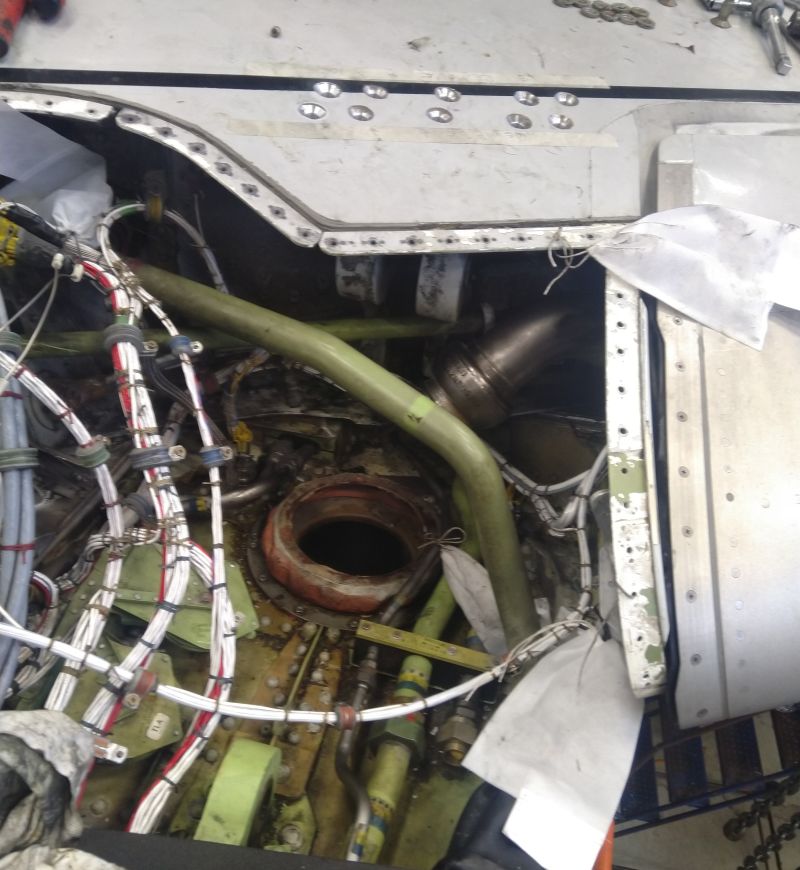Repairs are categorised into minor and major based on their impact or potential impact on the aircraft.
The determination of this should be noted on any repair carried out and it is especially important for non-OEM repairs to check this.
EASA consider a Minor repair as one that has no appreciative effect on the following:
- Structural strength
- The mass or balance
- Operational characteristics
- Reliability
- Environmental Characteristics (i.e.: Noise, Exhaust Emissions)
- Operational Suitability
- Any other direct effect on airworthiness of the aircraft.
Should a repair not meet the above criteria, then it is deemed as a “Major” repair.
This is an important factor to consider when reviewing repairs. The documentation provided with any such repair should note the repair scheme as being either minor or major.
It is important to also note awareness that in order to issue repairs for EASA you must meet with certain criteria and your scope of repair approval (Major / Minor) is based on your approval scope:
– TC/STC Holder (Type Certificate or Supplemental Type Certificate)
– EASA DOA (Design Authorisation Approvals)
Appropriate approvals to issue a repair is always a consideration during any review.
Stay up-to-date with all our aviation news and information:
- Click Here to sign up to the IALTA newsletter.
- Follow us on LinkedIn:
- Learn more at www.ialta.aero/courses
#aircraftmanagement #aircraftleasing #aircraftengineer #ialta #aircraftreview #aircraftsales #aircraftparts
